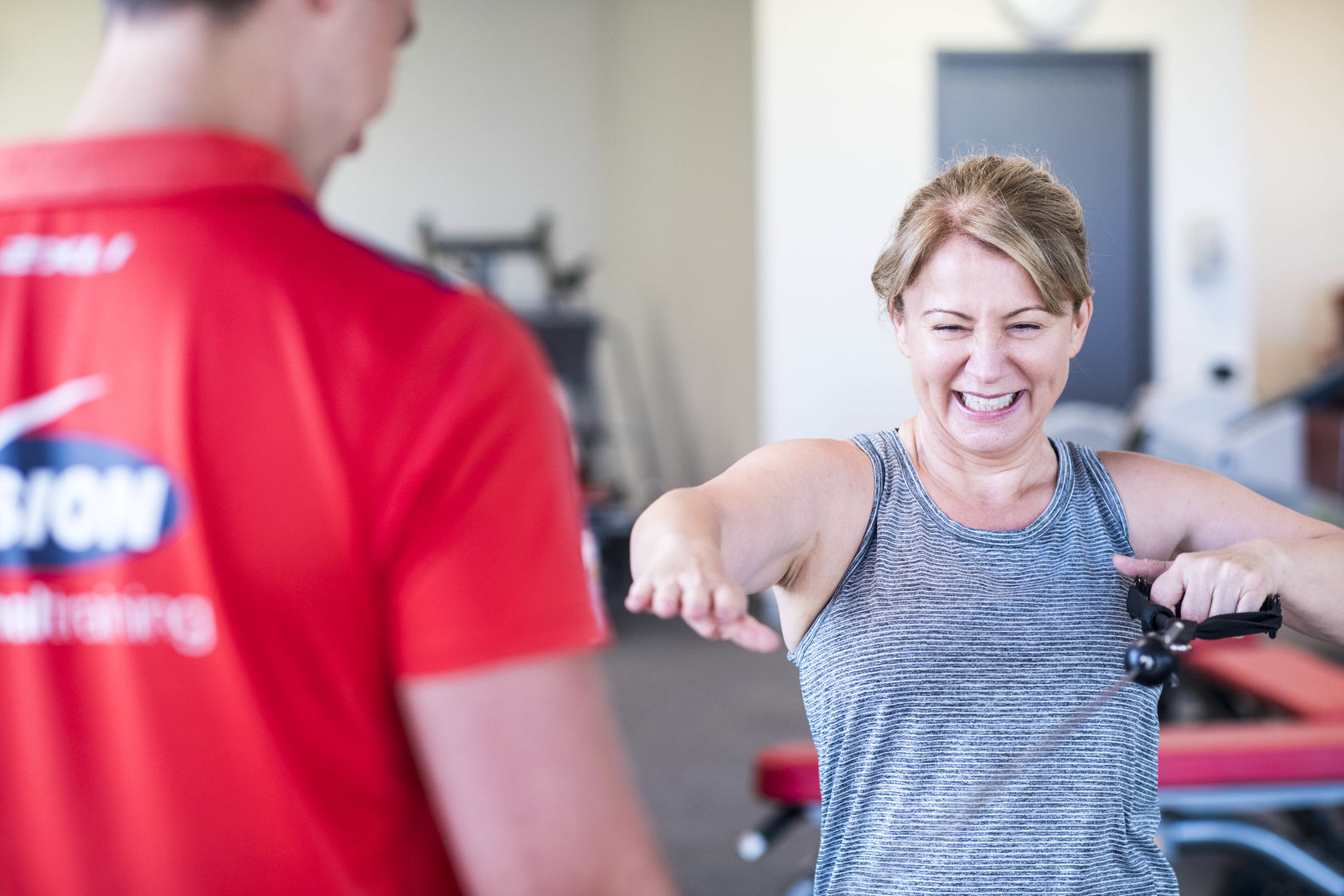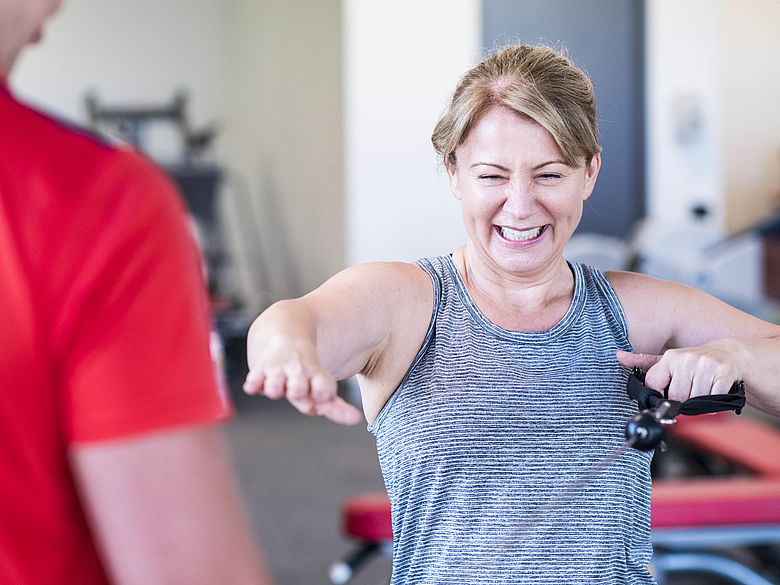The Hip - How does it work?
The hip is a ball and socket joint. Head of the femur articulates with the acetabulum of the pelvic bone and is held in place by strong ligaments. This is all surrounded by a joint capsule. There is a layer of cartilage (Labrum) on both the head of femur and the socket. This acts as a cushion and allows for smooth movement of the joint.
Common Injuries:
Over active/ strained hip flexors - A strain is a muscle tear. Muscular tears range in severity from minor, where only a few fibres are torn, to a full rupture of the muscle.
The Iliopsoas muscle is located higher up, within the pelvis and is more frequently the muscle involved when one of the hip flexors is torn. However, this is not a common injury. Mostly the Psoas can be over active in the hip joint due to muscular imbalance with can lead to a tendinopathy.
To cause a muscle strain or tear the muscle has be to put through a strenuous activity such as kicking a ball and sometimes in an over reached position or end of range like really striding out in a sprint.
Labral tear - This is tear in the cartilage between the femoral head and the socket it fits into. This can be caused by repetitive use of the hip and can also be seen in the early stages of osteoarthritis. Another way this can be damaged is by a traumatic incident the causes the joint to twist. An example of this could be a tackle in footie game
Bursitis - Bursitis is inflammation of the bursae which are fluid-filled sacs that lubricate where muscles pass over bony parts of the joints. Inflammation of a bursa situated between the greater trochanter and the tendon that passes over it causes pain and aching in the hip and on the outside of the thigh. This can be aggravated simply by walking or any exercise/activity that causes you to use the tendon.
Treatments:
Exercise is one of the best things you can do to help your hips. Exercise helps maintain range of motion and strengthens the muscles that support your hips. Stretching the muscles and tendons that surround the joint also can help ease pain from some hip problems and reduce the risk of some injuries. An injury might have occurred as well due to muscular imbalances between muscles surrounding your hip.
Normally as we get older our bodies find ways of taking the easier path. This leads to some muscles 'switching off' and not doing what they are supposed to do. The muscles that do this most in people are the Glute muscles. These 3 muscles are important for us to get working again. They help stabilise us a lot around the hips and knee when we walk and run and provide the main prolusion for exercises such as squatting and running.
We hope you found this article helpful for your long term health and fitness success. Check out our other blogs for more articles or email us at Prahran@visionpt.com.com for any tips, advice or assistance.
*Disclaimer: Individual results vary based on agreed goals. Click here for details.

